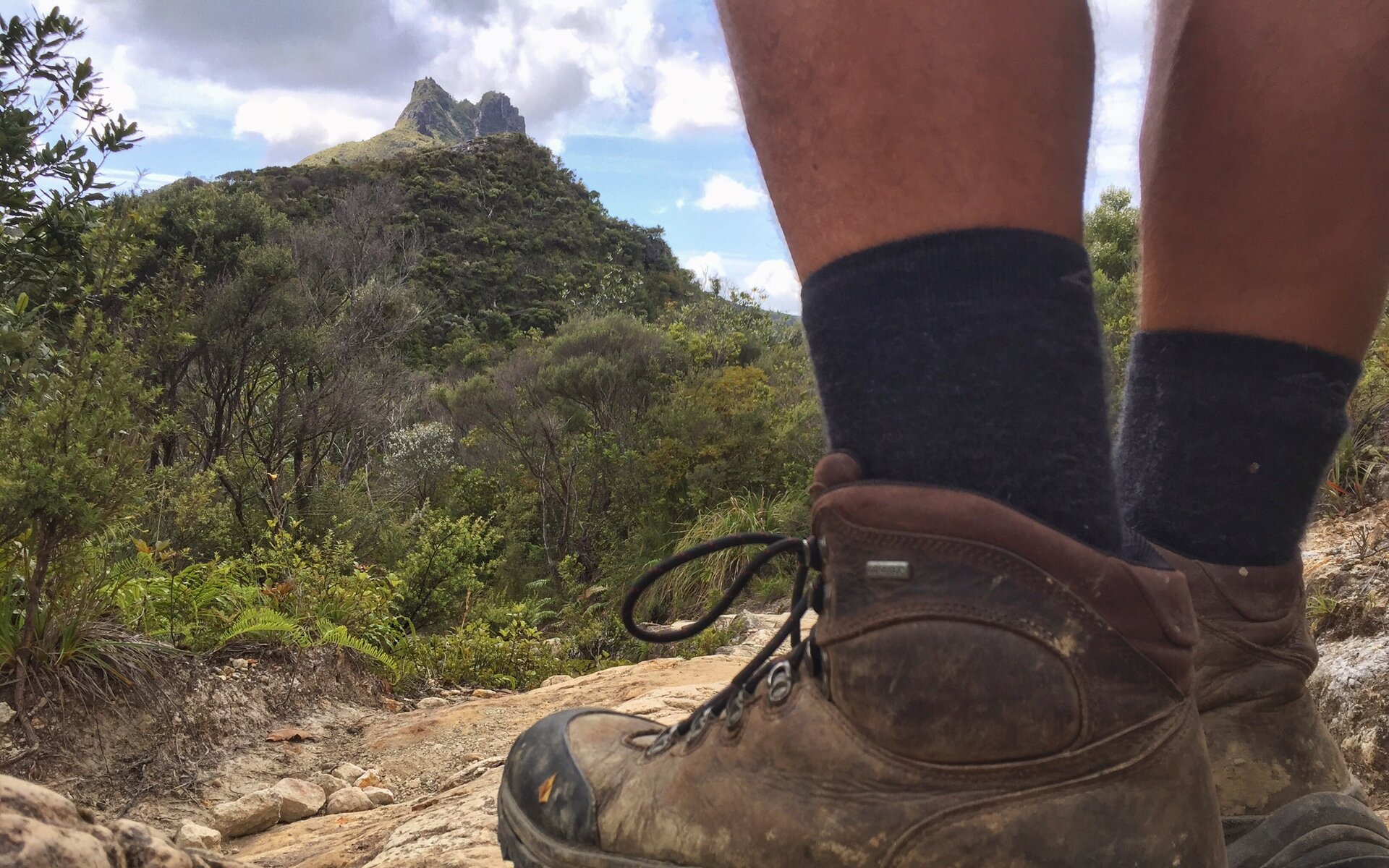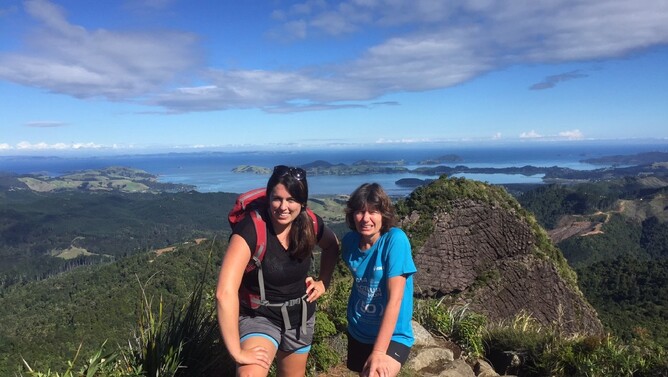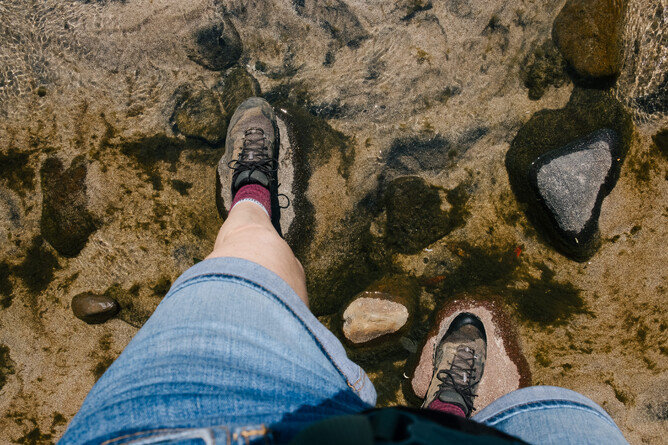Winding coastal tracks, lush native rainforests, craggy ranges and tumbling waterfalls. The diverse and beautiful terrain in New Zealand can be incredibly alluring but a challenge for even the most experienced hiker.
If you're new to hiking, haven't hiked in New Zealand before, or just wondering how you can prepare to get the best out of your hiking trip, we have a few training tips that will ensure that you can really enjoy your experience here.
What's my current base level of fitness?
The best place to start is to look at your base level fitness. Are you a naturally active person? Do you walk or workout regularly? Either way, the key is a consistent approach to your preparation leading up to your hiking holiday.
"The more prepared you are, the more you will enjoy your hiking here, it's as simple as that."
Where do I start?
The best place to start is with your footwear. Taking care of your feet on a hiking trip should be the number one priority, so find yourself some decent quality boots, ensure they have good ankle support, are water resistant and are the right size for you. Your feet will swell a little from walking and remember you need good hiking socks which are a little thicker than most socks - so you don't want your boots to feel tight when your try them on. Once you have the boots, you should start 'wearing them in' on training walks well before your hiking holiday to ensure they mould to your feet and any potential blisters or rub spots can be identified and addressed early on.
Building leg strength and stamina
Surprise surprise, the best way to prepare for a hiking holiday, is to hike! If you have hiked in New Zealand before, you will know that many of our tracks (trails) are what you might consider back country terrain. Many are dirt/mud tracks with plenty of tree roots and rocks, so walking around flat, smooth or paved surfaces is not going to prepare you well.
"The tracks here are a combination of flat, steep hills and steep descents and in a couple of instances, require some climbing (using your hands to pull yourself up)."
Mix stair climbing with weekend long hikes
Stair climbing is hands down the best type of training you can do to prepare your legs (and glutes!) for climbing here, not to mention it's fantastic aerobic training. But - you need to mix it up. Just focusing on one type of exercise will only do so much, getting out on longer weekend hikes will get you used to walking on rough terrain. People often underestimate how hard it is on your joints and muscles coming downhill as well, so downhill training is just as important as uphill.
Distance over speed
Focus on building the distance or time you can be on your feet walking for, don't worry so much about speed. It's the time spent on your feet that's important and from there, you can find your own pace and build your own fitness.
Find your balance
Balance is an important factor in hiking, especially when navigating New Zealand's variable and often unforgiving terrain. It's likely you'll be walking on a mixture of well graded, gravel tracks, as well as more technical tracks, with rocks/boulders, dirt/mud and tree roots, as well as slippery foliage and vines. Aside from the obvious training outdoors on these types of tracks, you can also improve your balance at home by practising standing on one foot at a time - closing your eyes makes it even more difficult.
OK but specifically, what should I be doing?
Starting three months before your hiking holiday, if you can aim for two to three 30 minute lots of aerobic exercise each week such as stair climbing or power walking with hills. Plus - one distance hike on the weekend of 10-20kms over varying or back country terrain if possible. The weekend hikes will start to improve your core strength, stability, balance and overall make you more sure-footed.
On your weekend hikes, take a daypack with you and you can slowly start increasing the weight by including more water. Start with just carrying a few kilograms to get used to carrying something on your back while walking, building up to 6 or 7 kilograms. If you can add more, it'll only make your hiking trip here more enjoyable as you'll be training with more weight than you'll have to carry here!
Of course if you are off on a multi-day hut-to-hut hike where you have to carry all your gear (sleeping bag, food etc), you are going to want to practice carrying a much heavier pack.
Injuries and niggles
Don't push yourself too hard too soon. Build up your training and strength gradually and if you feel any early niggles coming on during training, make sure you give yourself some time to recover before your next training session. Recovery is important as is flexibility, so make sure to include some really good stretch sessions. Here are some great stretches you can try.
"New Zealand is a very steep country, and rarely will you be walking on completely flat tracks."
Final tips
Most of our tracks are undulating (or what we call 'kiwi flat'!) and many include decent climbs. On our tours, you might be looking at average elevation gains of between 200 and 500 metres on any one day walk, although a couple of our hardest walks are 700-800 metres of elevation gain.
It's one thing to 'survive' a hiking holiday, it's another to really enjoy it. The fitter and better prepared you are, the more enjoyable it will be - that's the crux of it.
Happy training!



